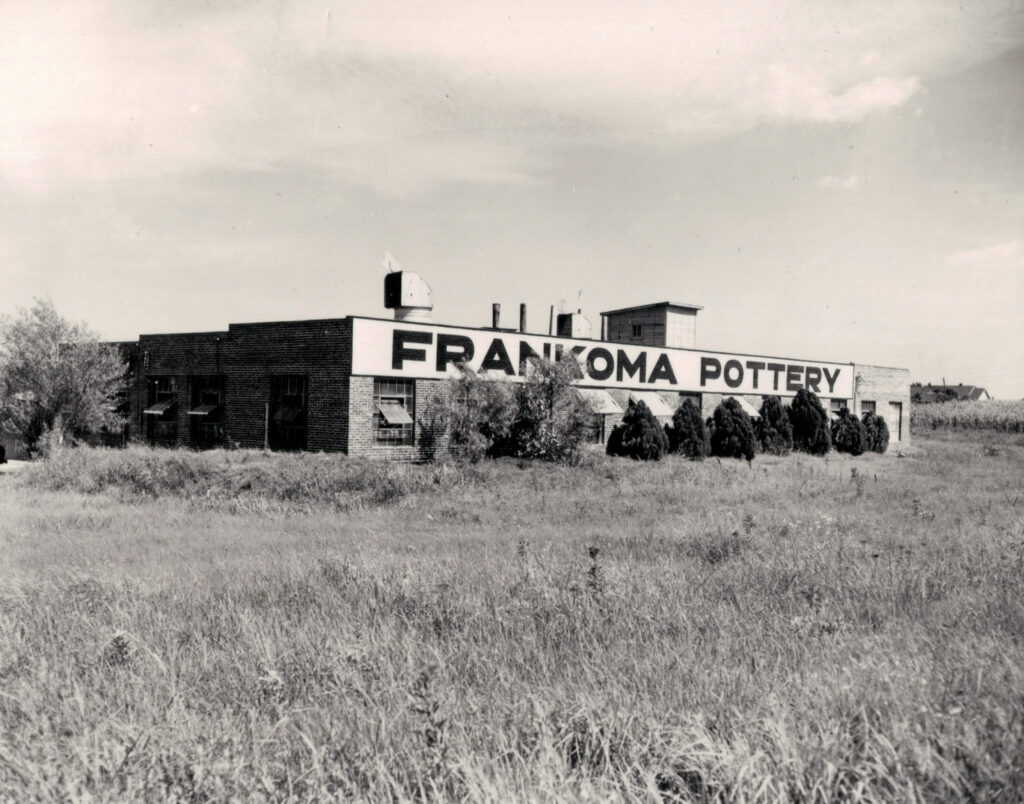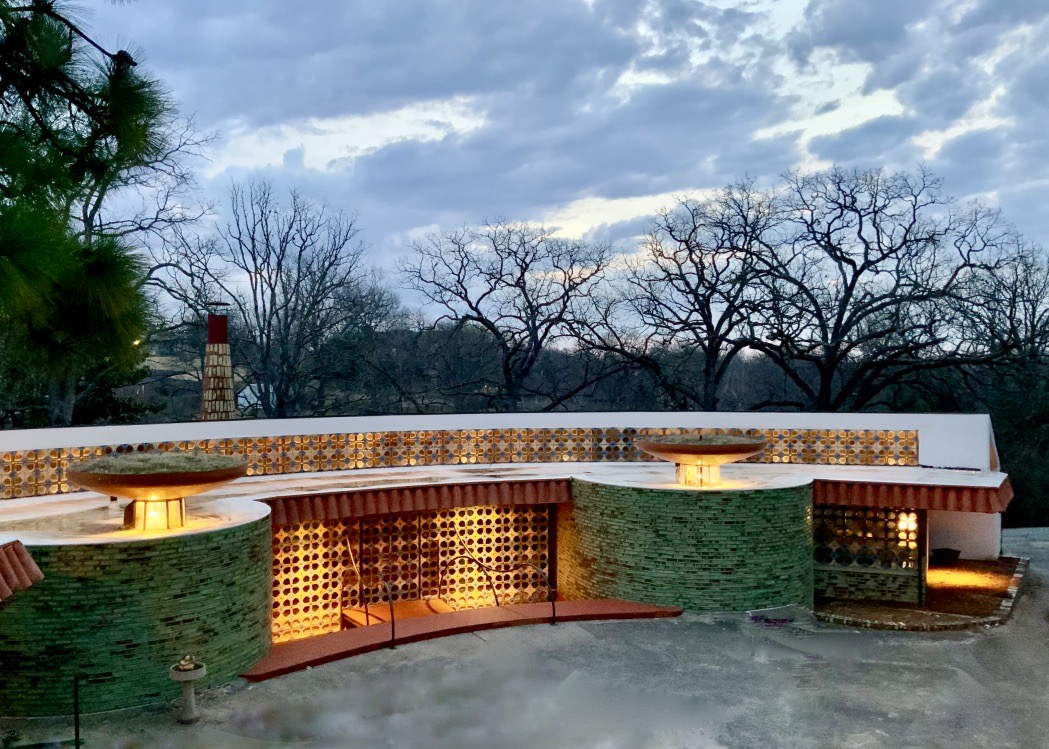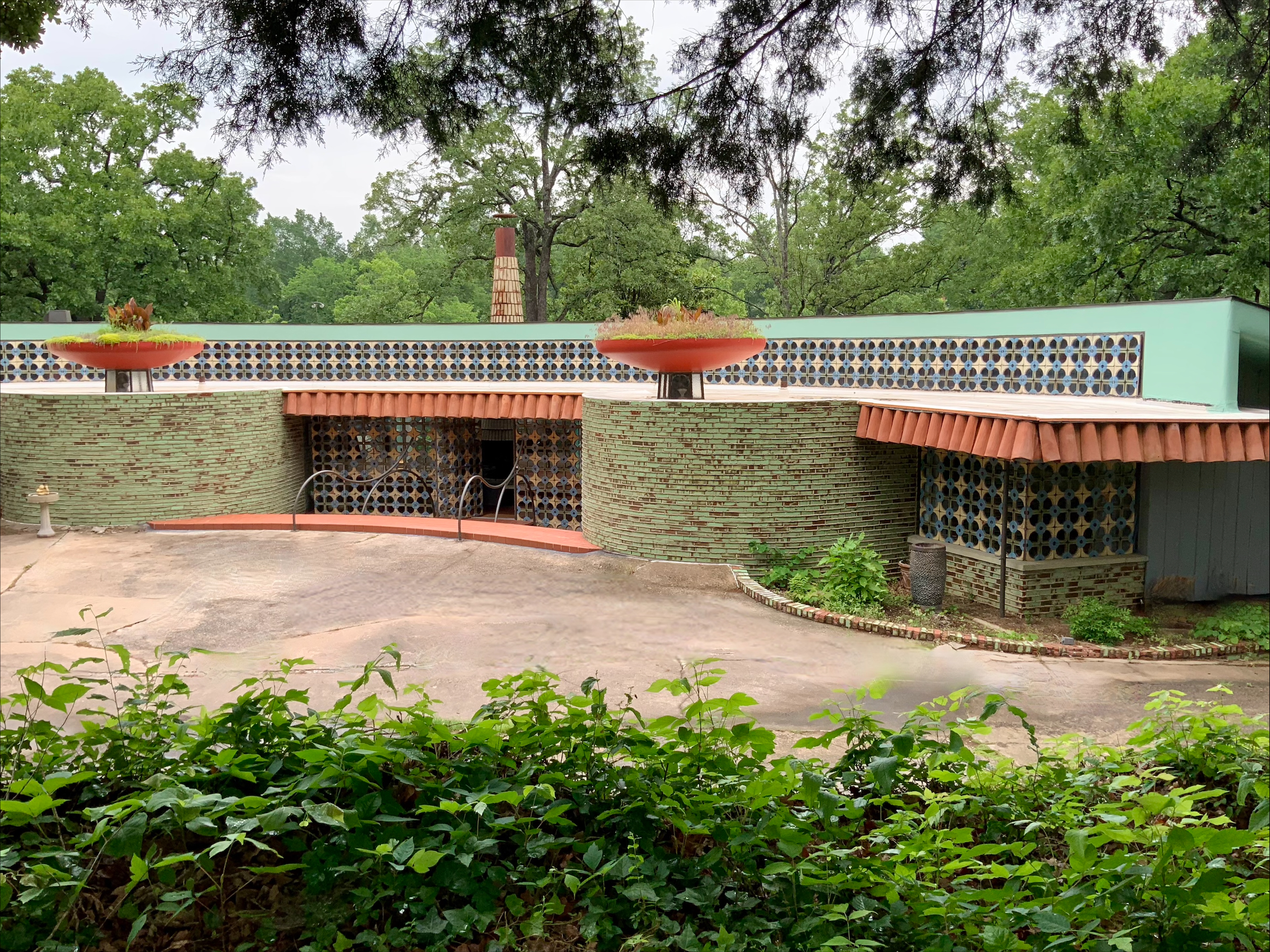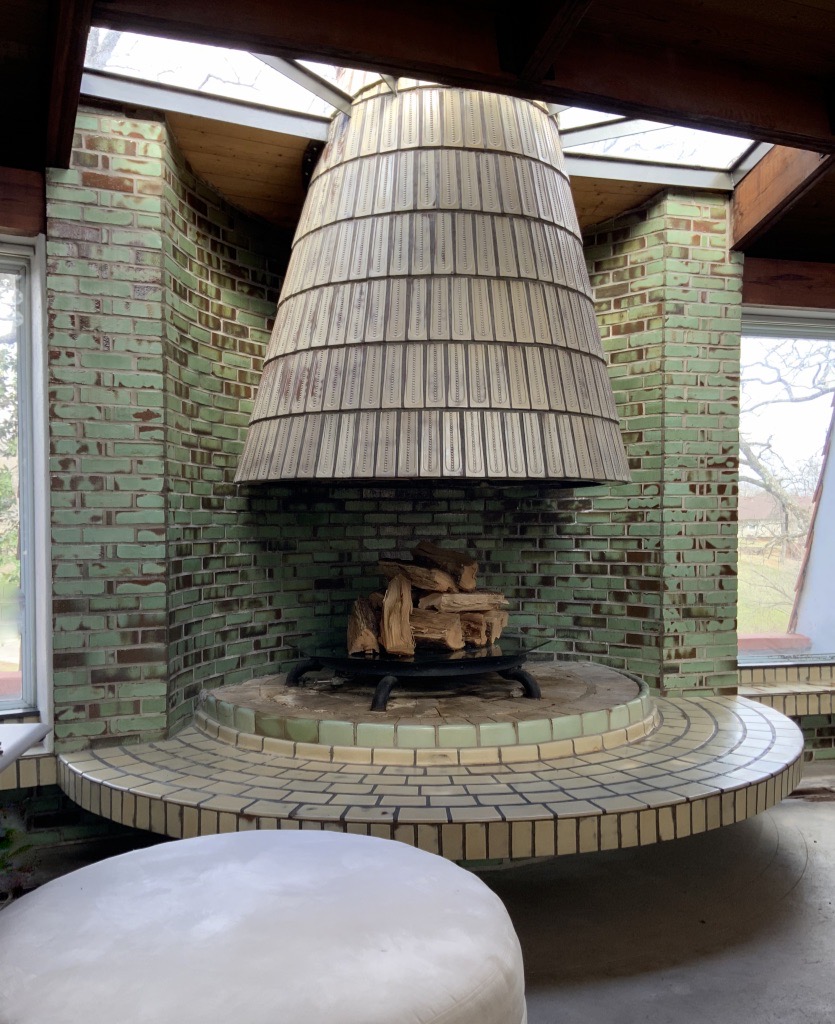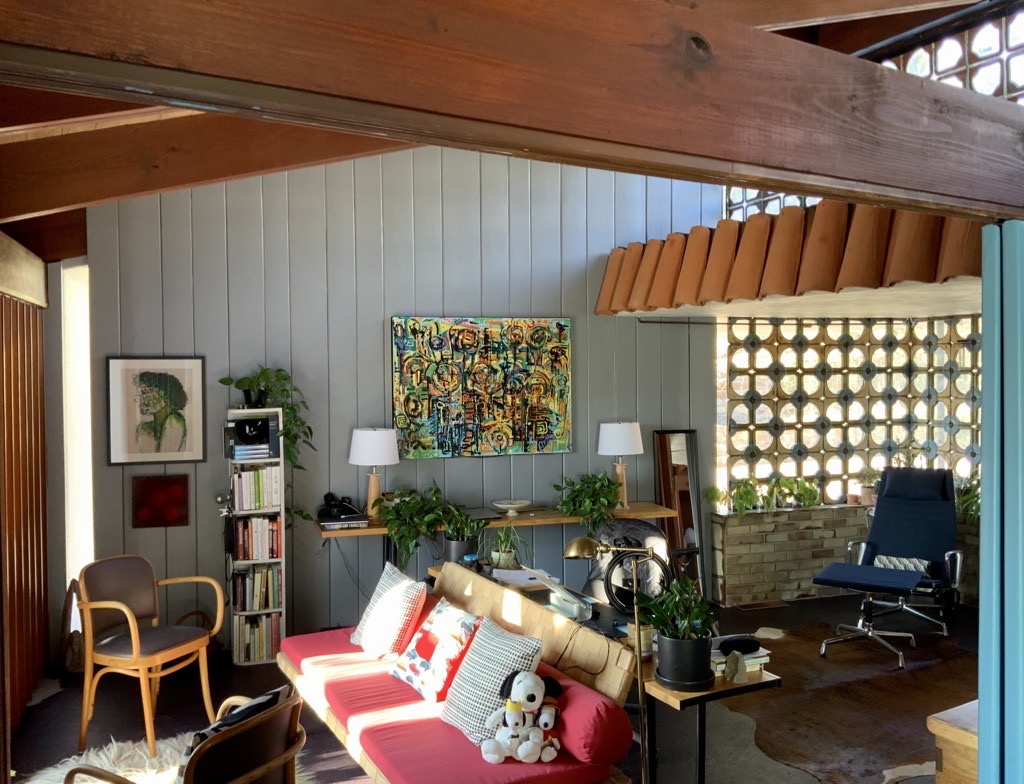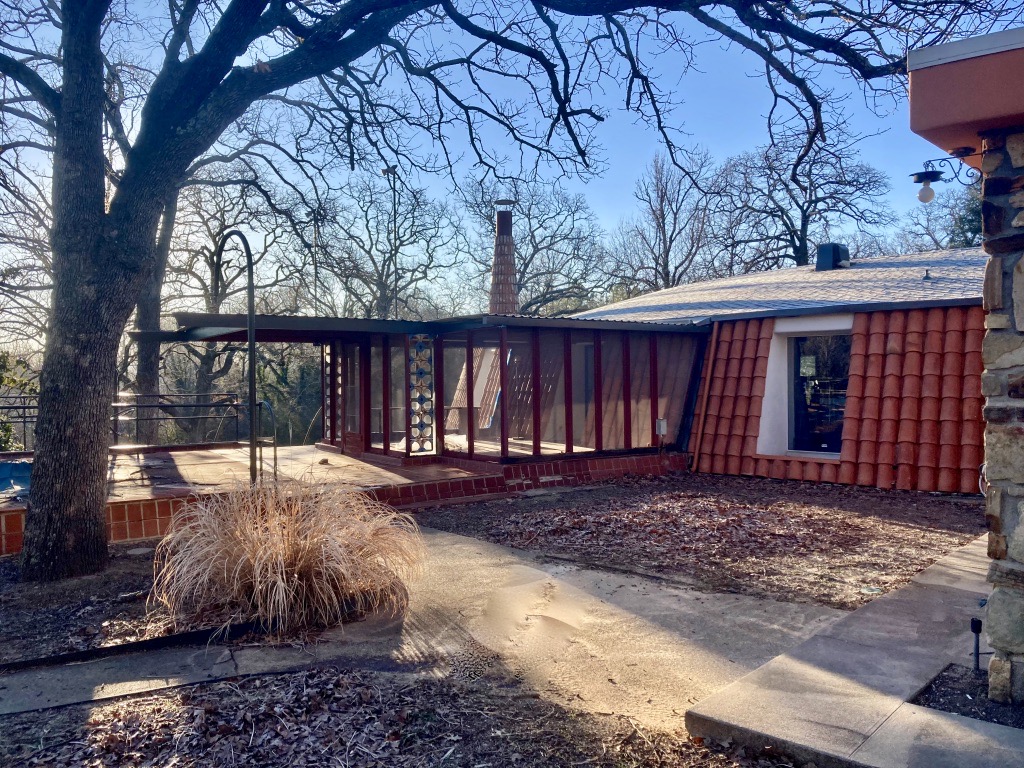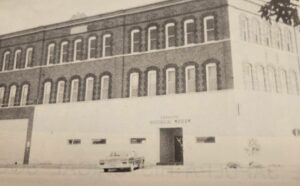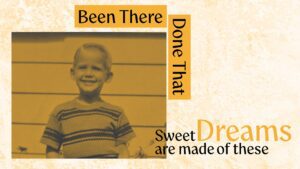Rachel Whitney, Curator, Sapulpa Historical Museum
What is the definition of “Frankoma”?
“The concept began with John Frank, who had graduated from the Chicago Art Institute in 1927. He was then hired by the University of Oklahoma to establish the Ceramic Art Department.” He taught at OU until 1936. In 1933, Frankoma began in Norman, Oklahoma, then moved to Sapulpa in 1938. “It helped that they placed a large billboard along Route 66, hoping to entice buyers to their Frankoma pottery and showroom.”
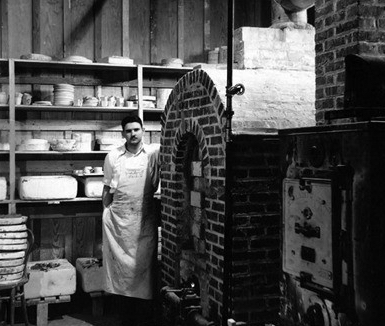
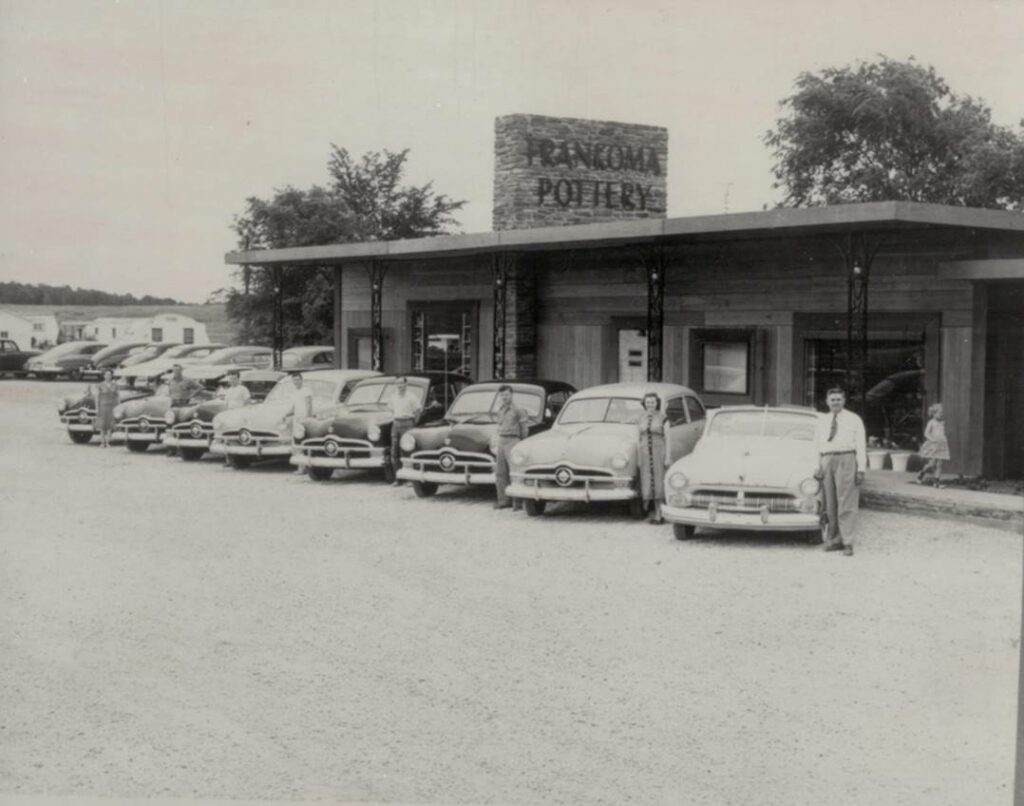
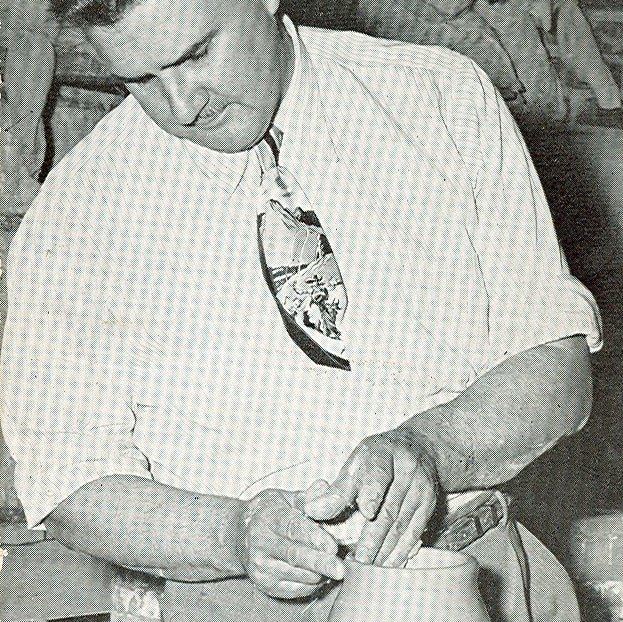

The definition of Frankoma Pottery can be described as “the name is derived from ‘Frank’ plus the last three letters of ‘Oklahoma,’” as it was established by John Frank. “He married Grace Lee, and together they began producing a line of fine art clay pottery and sculpture that would be affordable to most people.”
Another description details the firing of Frankoma ceramics: “All Frankoma pottery is made in the US from locally excavated clay. Frankoma used light-hued local Ada clay in its early products. The light clay was replaced by a Sapulpa-based brick-red local clay.” The Franks produced an unique style: “John Frank’s principle of having a one-firing process” kept the manufacturing costs low.
The styles themselves were unique, adding to the specific definition to what is a Frankoma pottery. “The Franks’ dinnerware would be an ongoing source of business rather than a one-time purchase. In 1942, Frankoma introduced the Wagon Wheel Line of dinnerware, and in 1947, introduced the Mayan-Aztec line of dinnerware. Later, they introduced the Oklahoma Plainsman, Lazybones, and Westwind dinnerware patterns.”
However, Frankoma can’t be just defined through their dinnerware. “Frankoma produced jewelry, plaques, wall pockets, vases, animals, souvenirs, and historical, political and religious commemoratives. Frankoma Christmas ‘cards,’ which are miniature, flat, ceramic pieces bearing a Christmas message and the year” began in 1944.
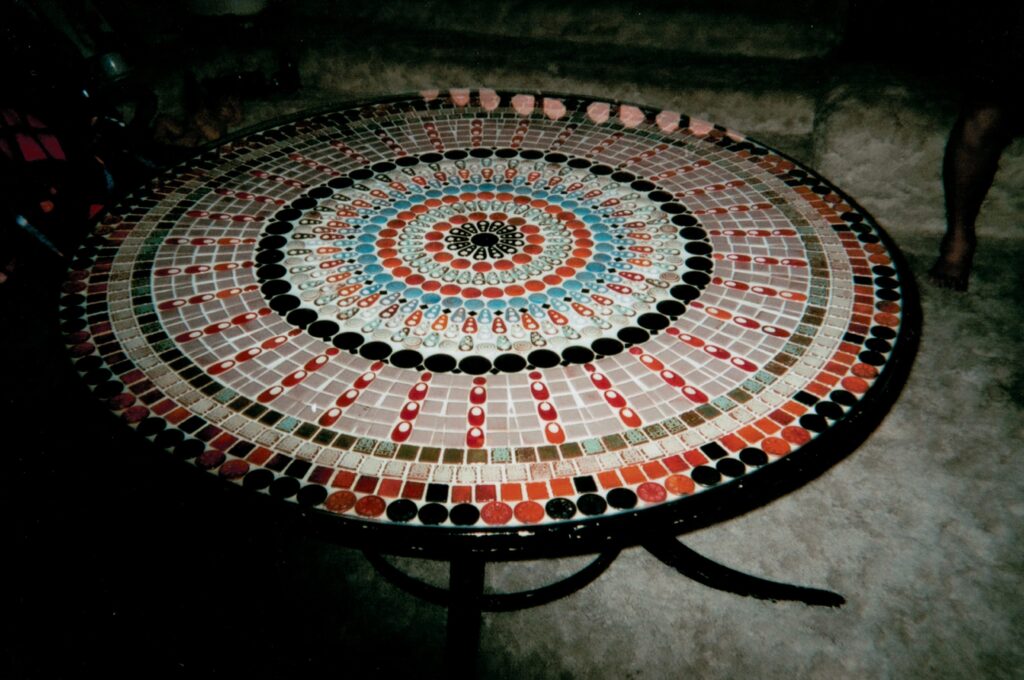
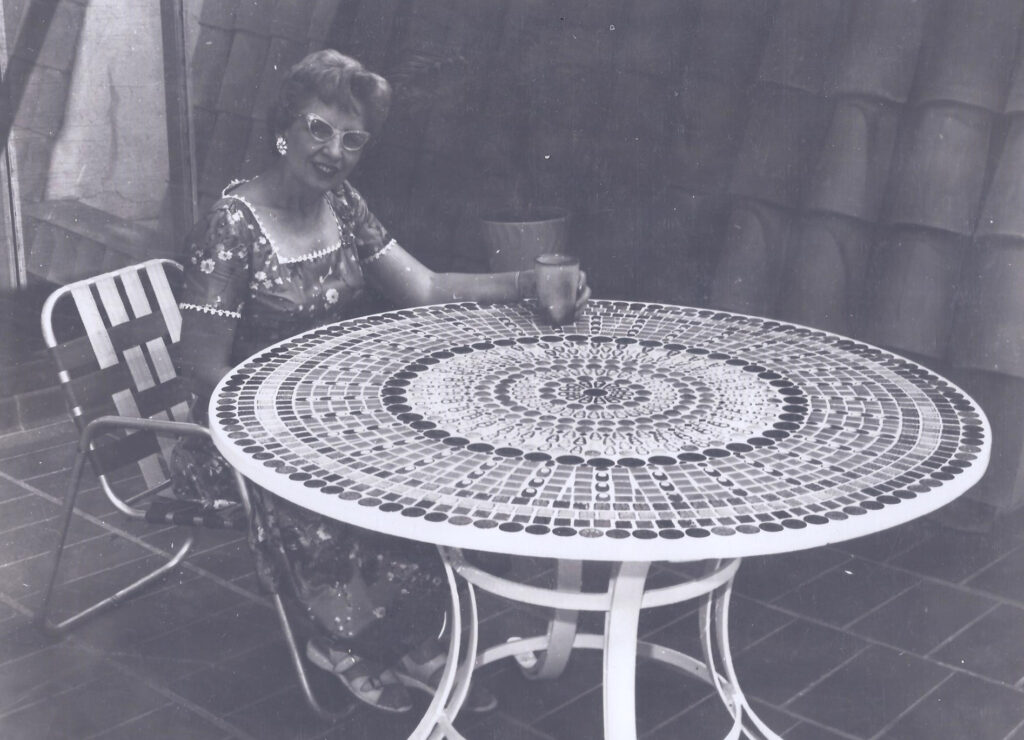
Another part of Frankoma history is their production of colors. The popular colors featured are “Prairie Green and Desert Gold, Frankoma produced many items in Woodland Moss, Brown Satin, Peach Glow, Clay Blue, Red Bud, Sunflower Yellow, Robin Egg blue,” and many others define Frankoma pottery.
An image next to the definition of “Frankoma” would have to include the Frank house. “John and Grace Lee Frank, in 1955, asked renowned architect Bruce Goff to design a home that would reflect their life’s work and the legacy of Frankoma Pottery. Made of thousands of hand-glazed tiles and bricks – painted by the Franks themselves – each room features a remnant of Frankoma Pottery, organically balanced with natural materials and ornamental fixtures. The centerpiece is a tiled fireplace, constructed in a shape reminiscent of an ancient pottery kiln.”
One more definition can be added to explain what “Frankoma” means. “John Frank died in 1973, but his generosity to his community, his faith and willingness to help those in need, and his pottery are a fine legacy.” Grace Lee and their two daughters, Donna and Joniece, kept the business going for another couple of decades. “Grace Lee designed a second line called Gracestone for the firm,” and the “Frank sisters have produced some special ceramics using their mother Grace’s former studio. The ceramics that they have produced bear the marking FRANK X 2.”
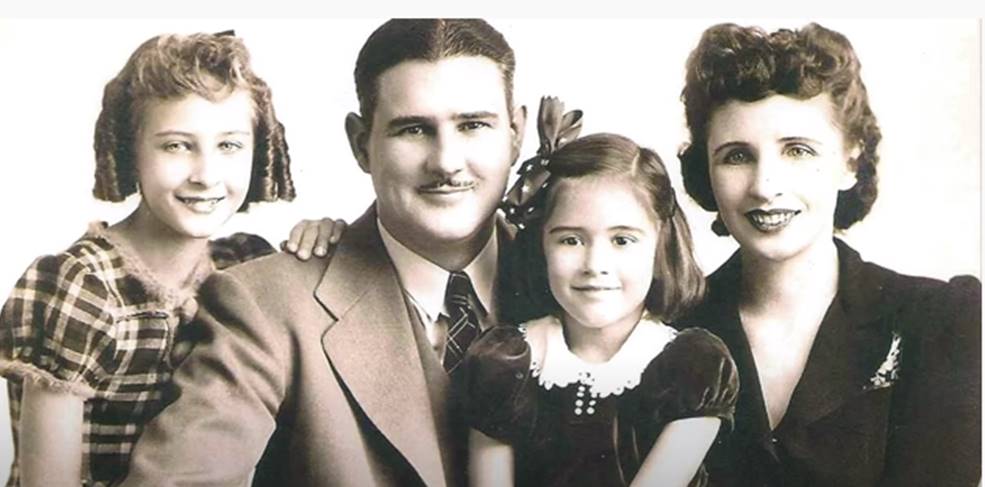
However, the company filed for bankruptcy and closed in 1991. Over the next few decades, the company was bought and sold a handful of times. There had been a few fires that consumed the factory and had to be rebuilt, including the 1938 and 1983 fires in Sapulpa. The Frank family sold the pottery in 1991, and several other companies have bought and then sold the plant.
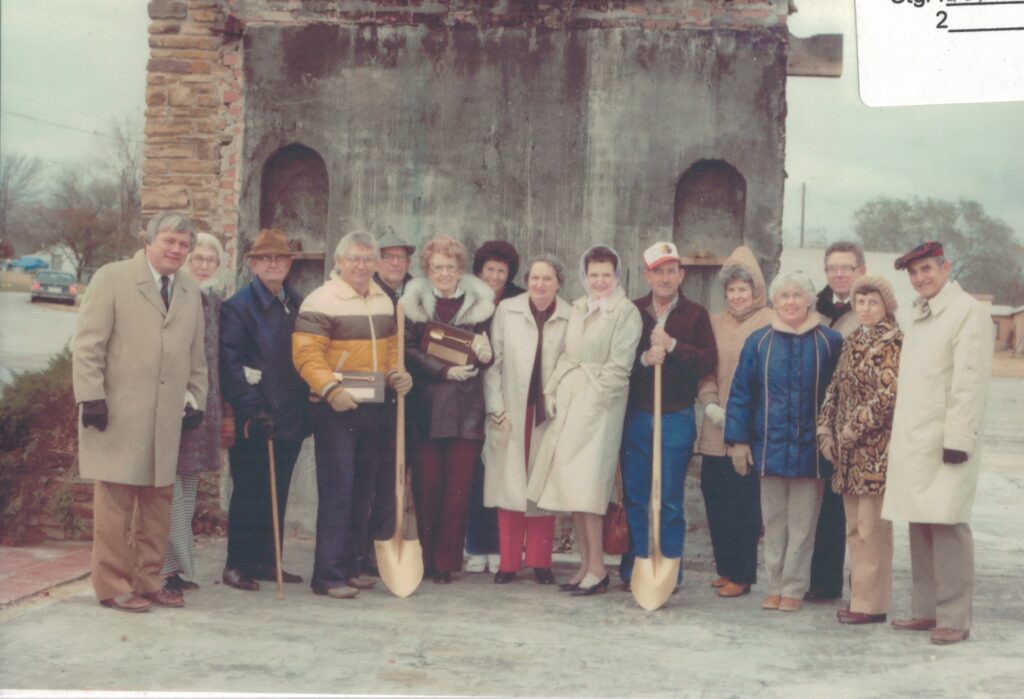
“Frankoma” means family, hardship, reconstruction, and Sapulpa & Oklahoma-history. “It’s hard to separate the home from Frankoma and Frankoma from Oklahoma. Each has a piece in the other. ‘It is part of Oklahoma. He (John Frank) was always involved in Oklahoma and promoting it, as well as Frankoma.’”
This is the definition of “Frankoma.” And it all began this week in Sapulpa history.
On June 15, 1938, Frankoma held its grand opening in Sapulpa. It hosted a two-day open house event. Hundreds of people visited the site. “Persons were taken through the plant on an inspection tour, and shown the complete process for production of pottery pieces from preparation of clay to the finished product after being placed in the kiln and baked. Many visitors were purchasing souvenir pieces after inspecting the plant and display.”
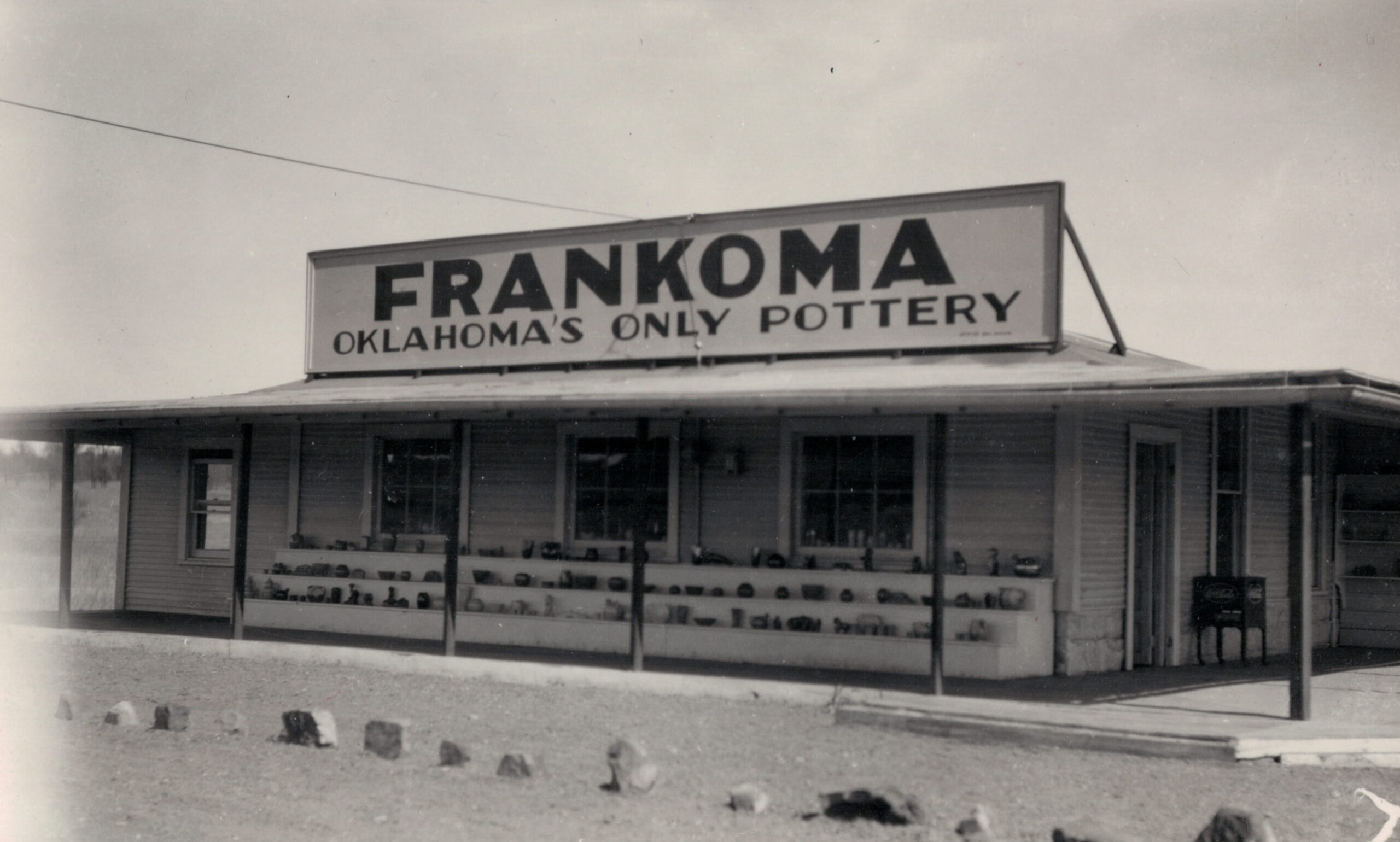
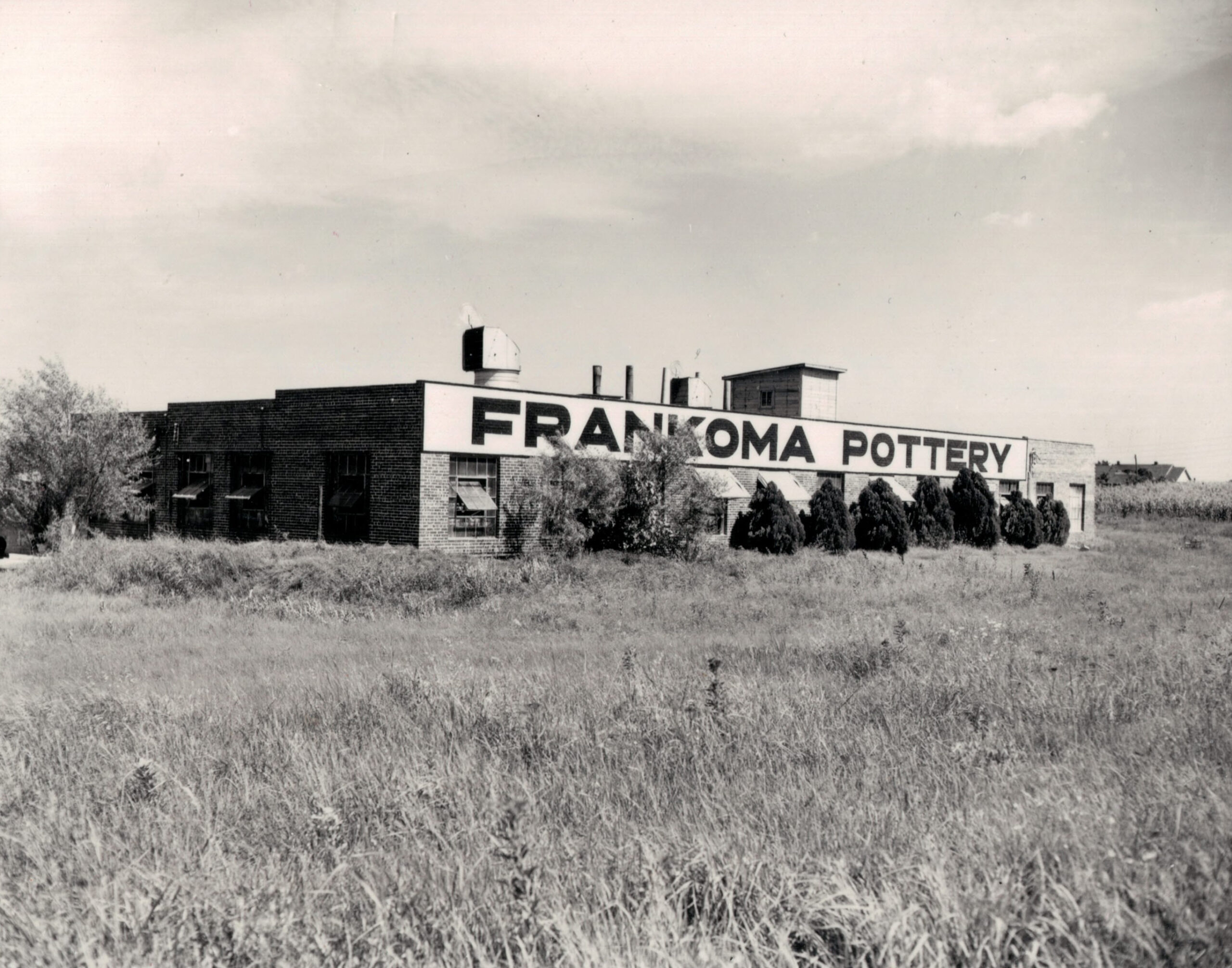
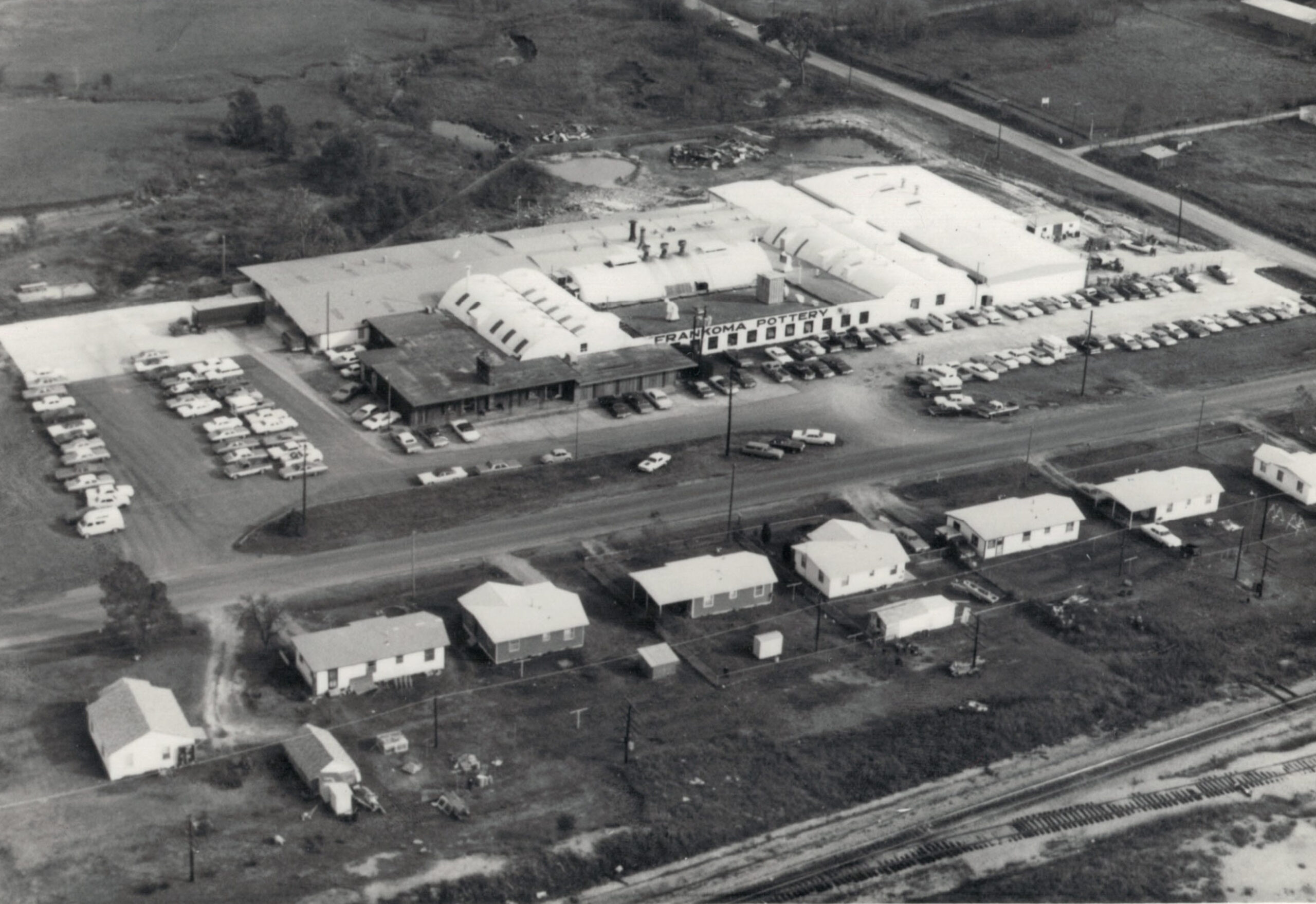
“Housing facilities were recently completed and working materials moved here from Norman. The plant is located on highways 66 and 75, just north of Sapulpa at a spot described in factory literature as ‘the crossroads of America.’”
“Frankoma is the only pottery made in Oklahoma and is unlike any other pottery made in the United States.”
(Sapulpa Herald, June 11, 15, 16, 1938; Democrat News, June 16, 1938; Oklahoman, February 15, 2009; Oklahoma Historical Society; Tulsa Historical Society; HobbyLark.com; issuu.com; Wikipedia)

